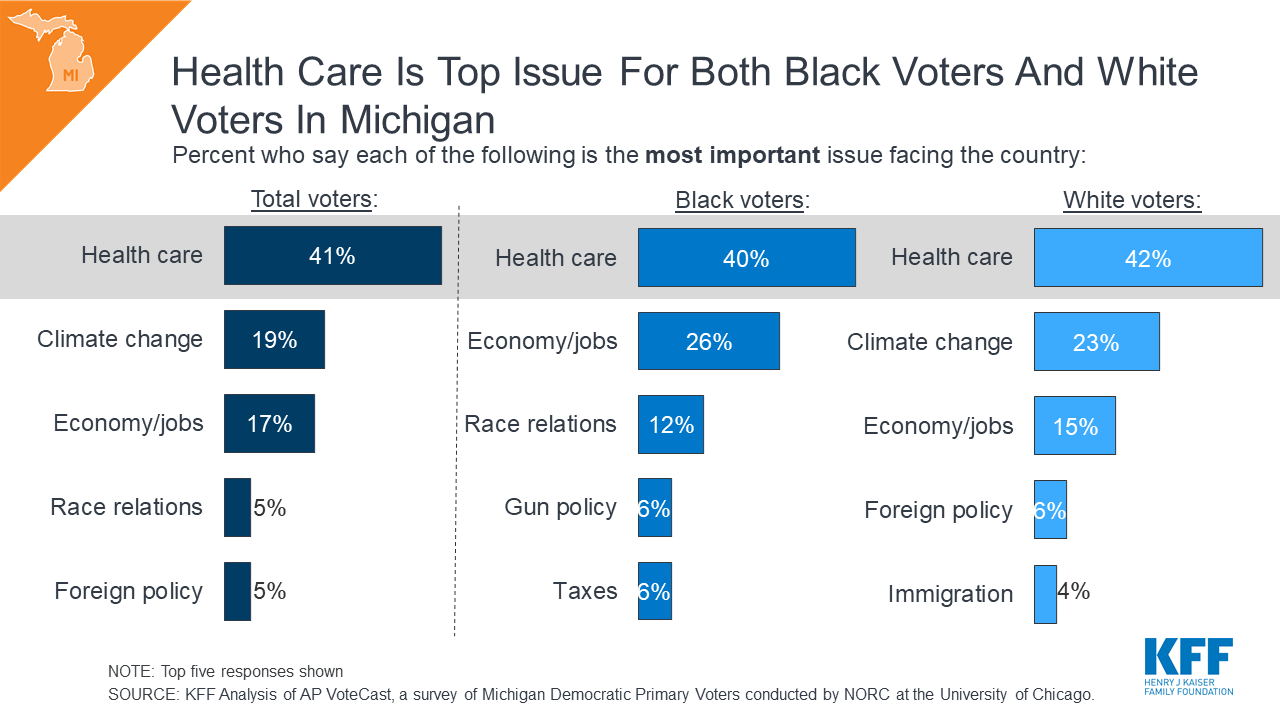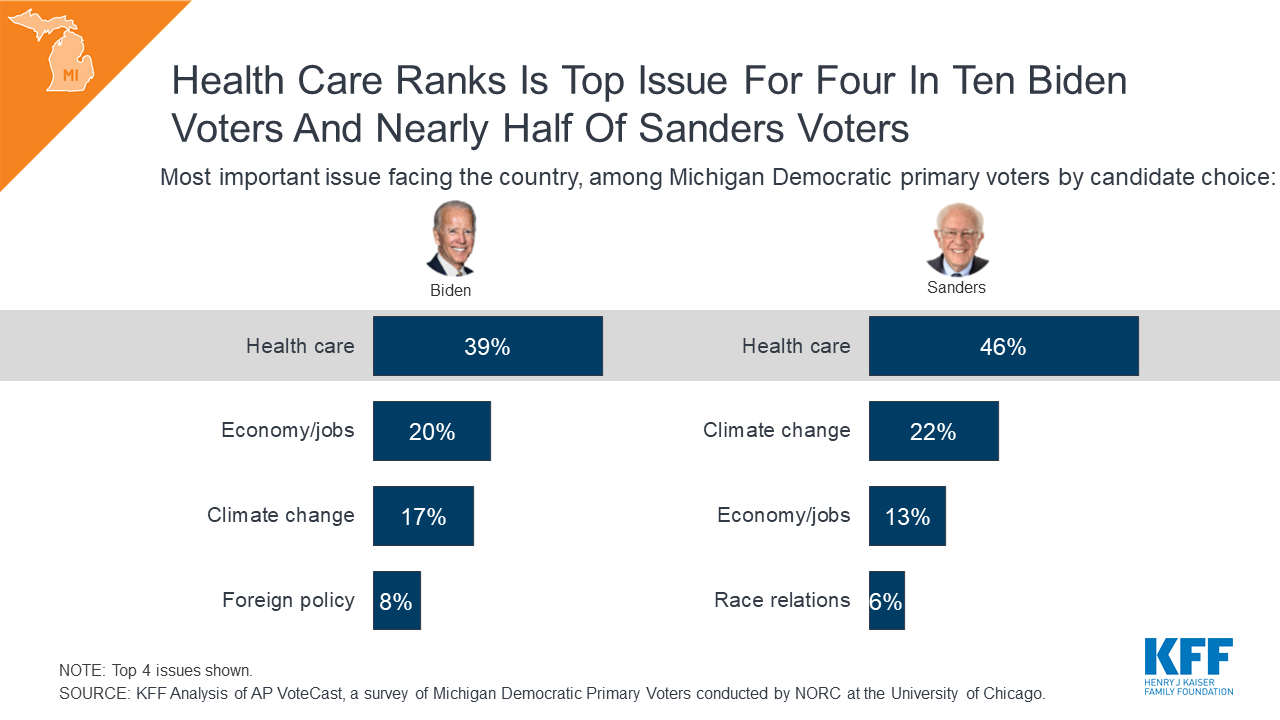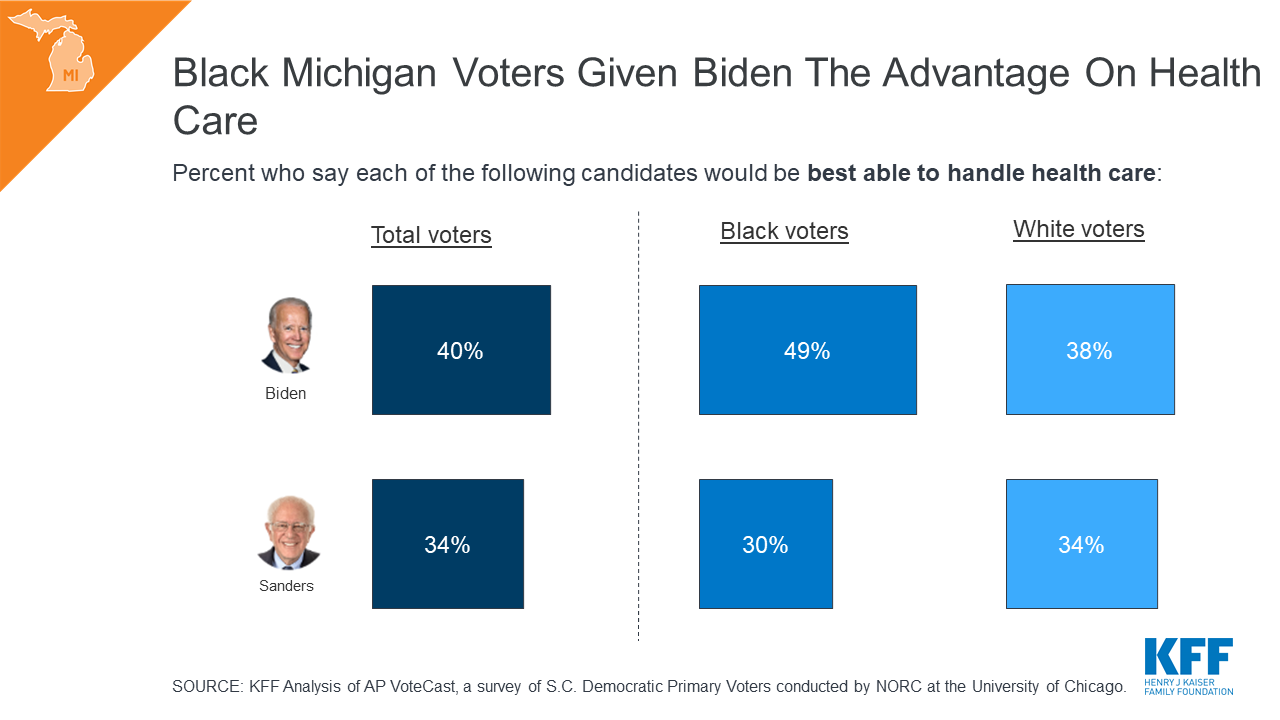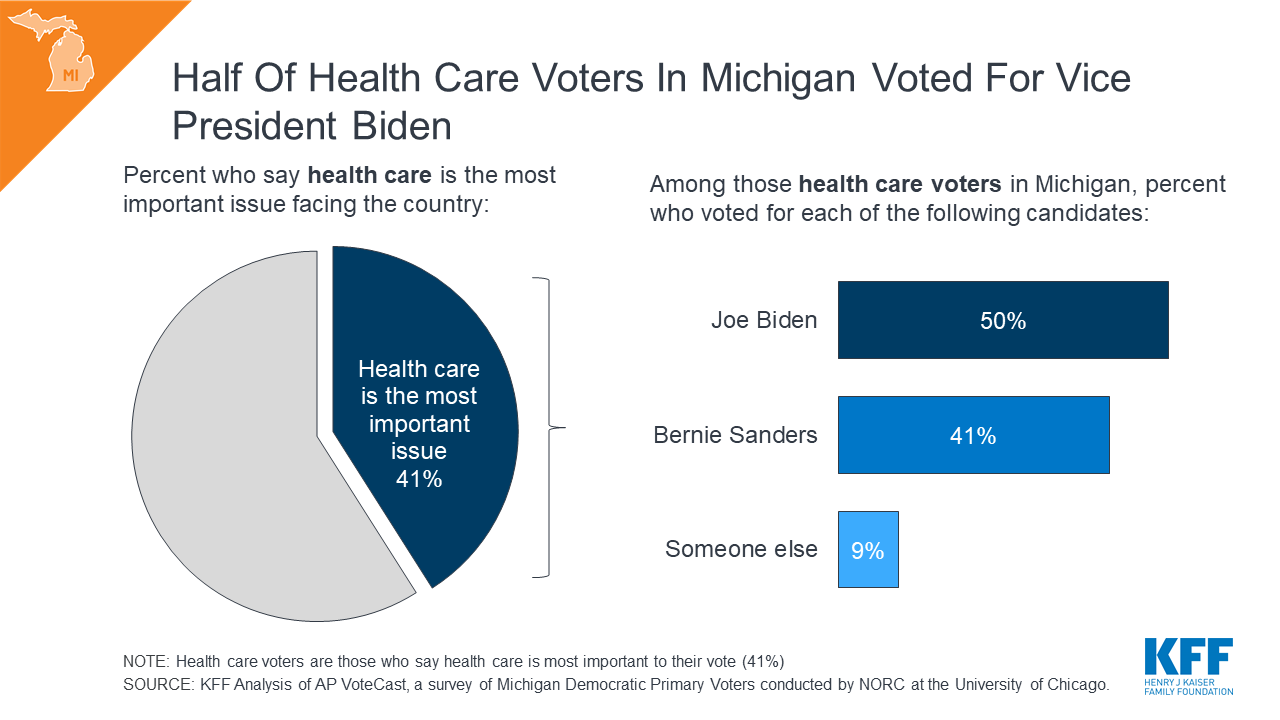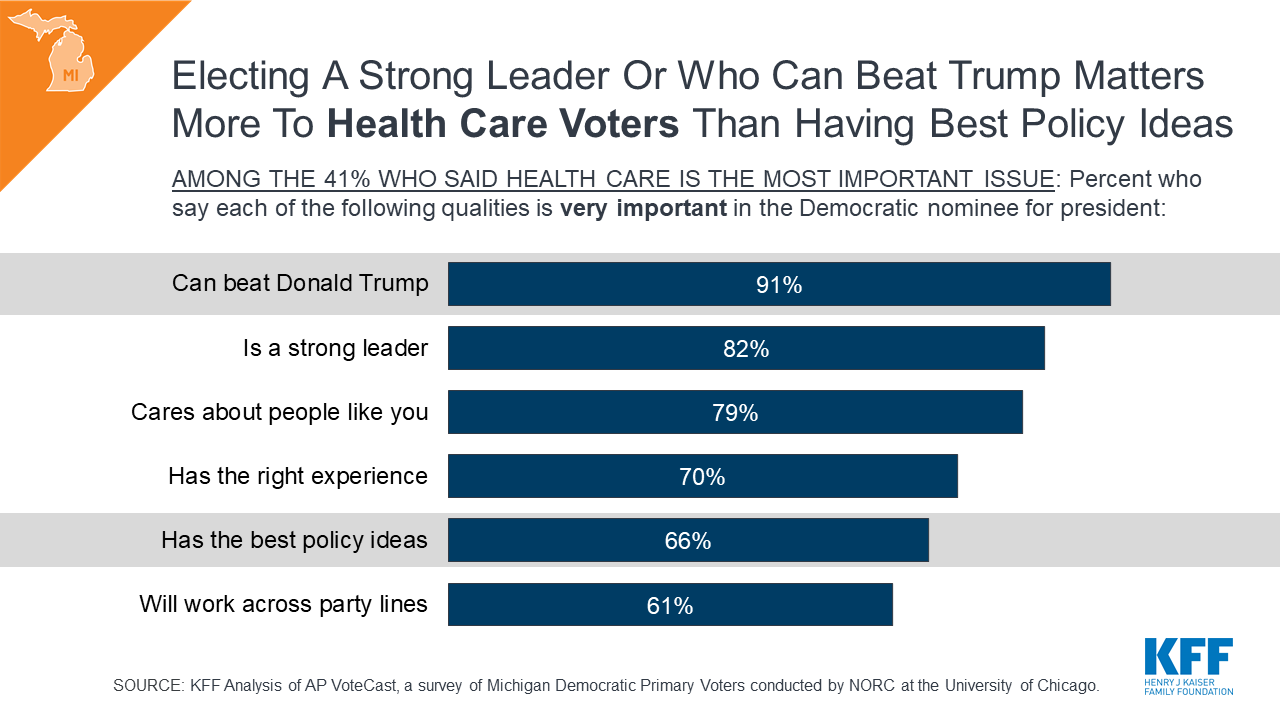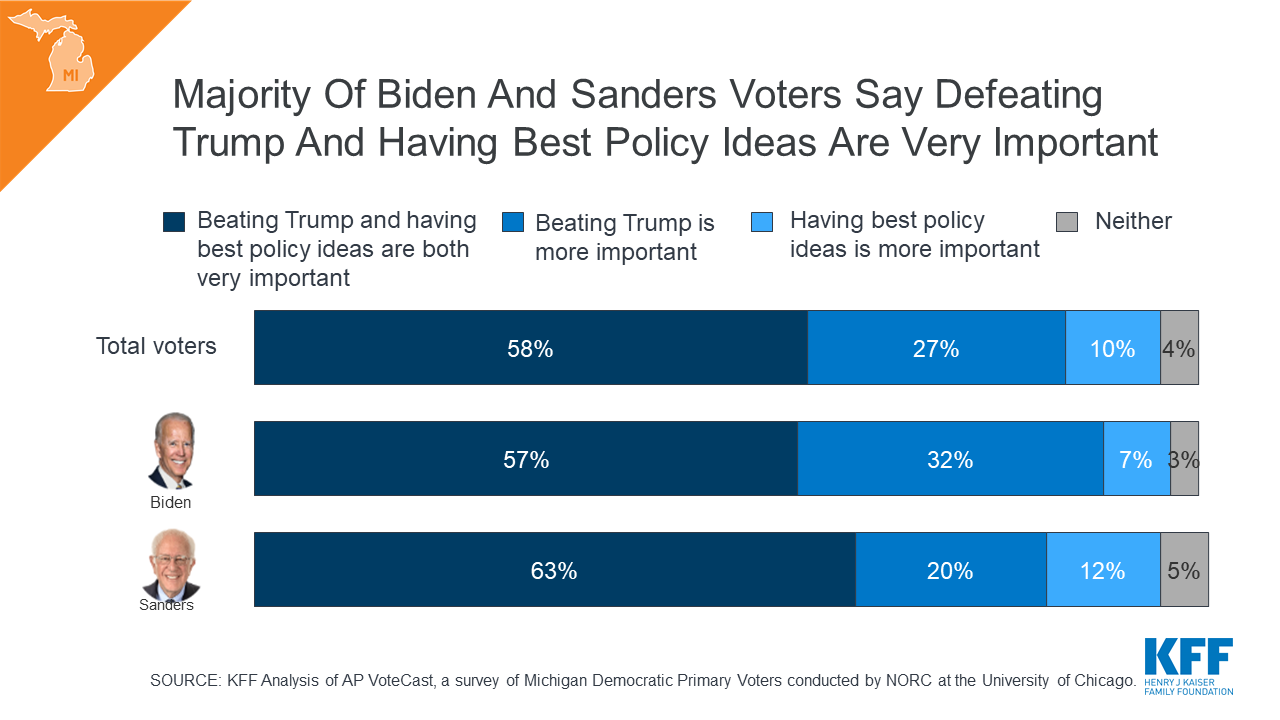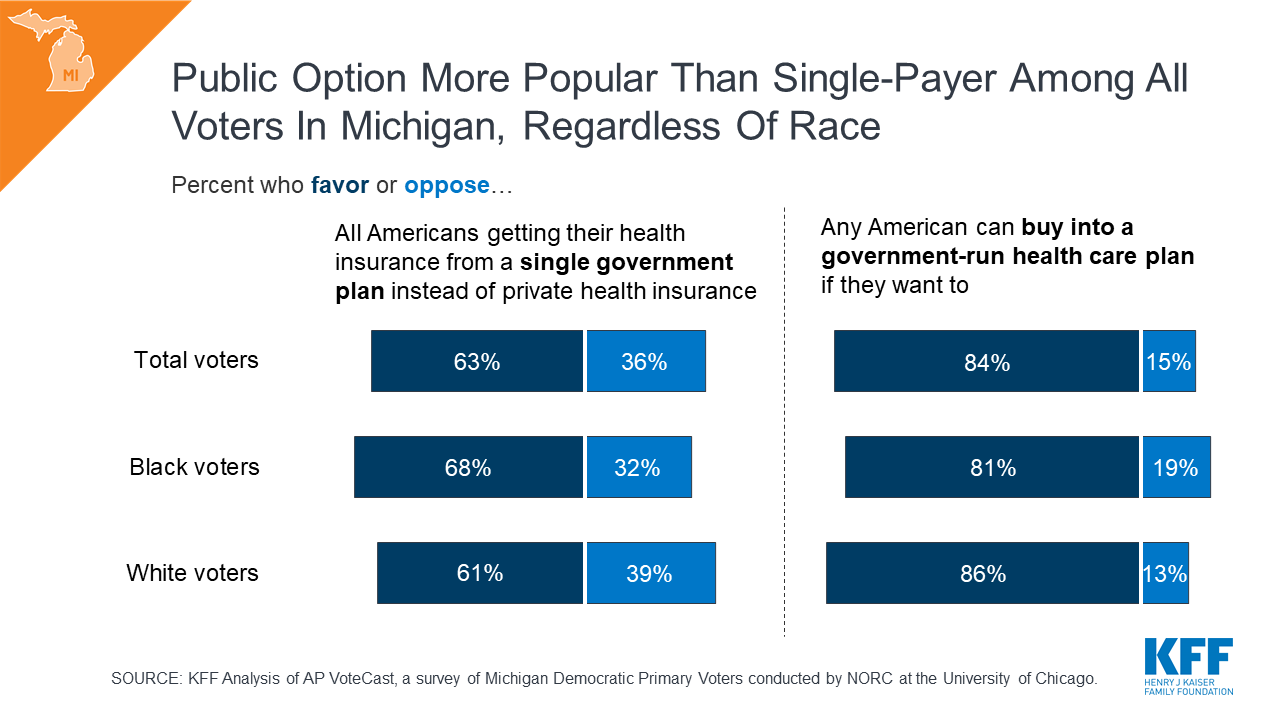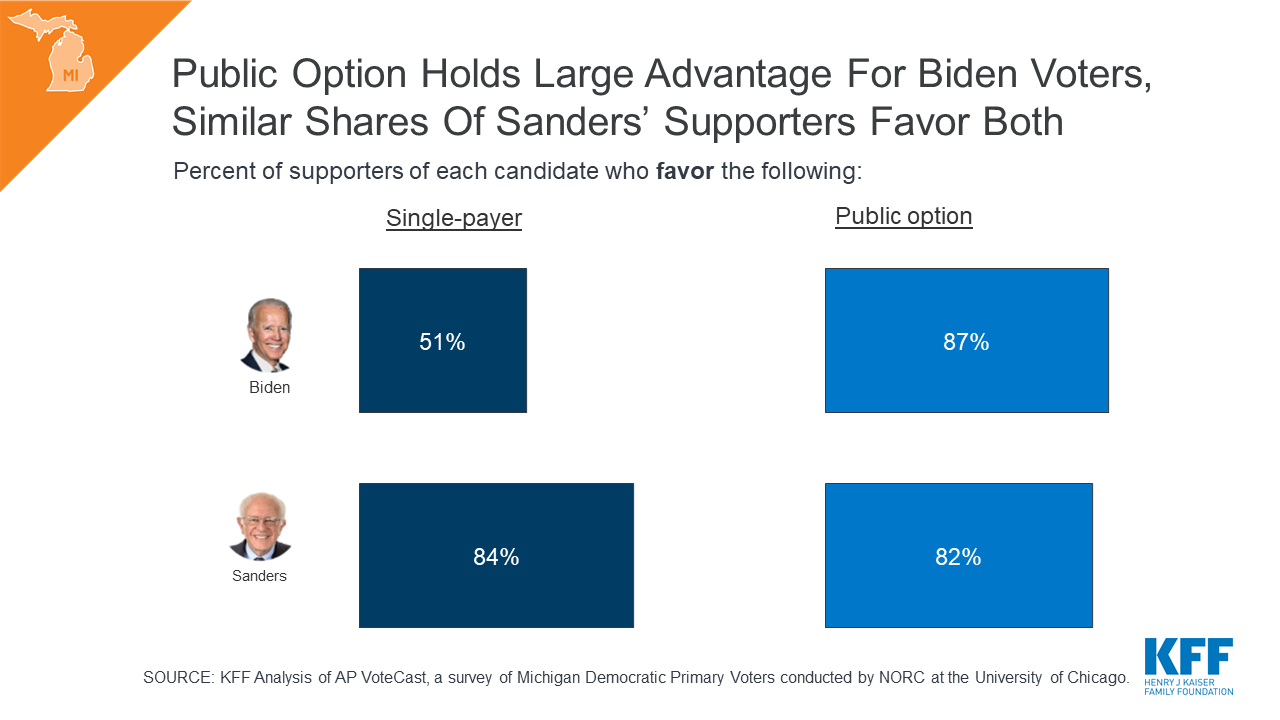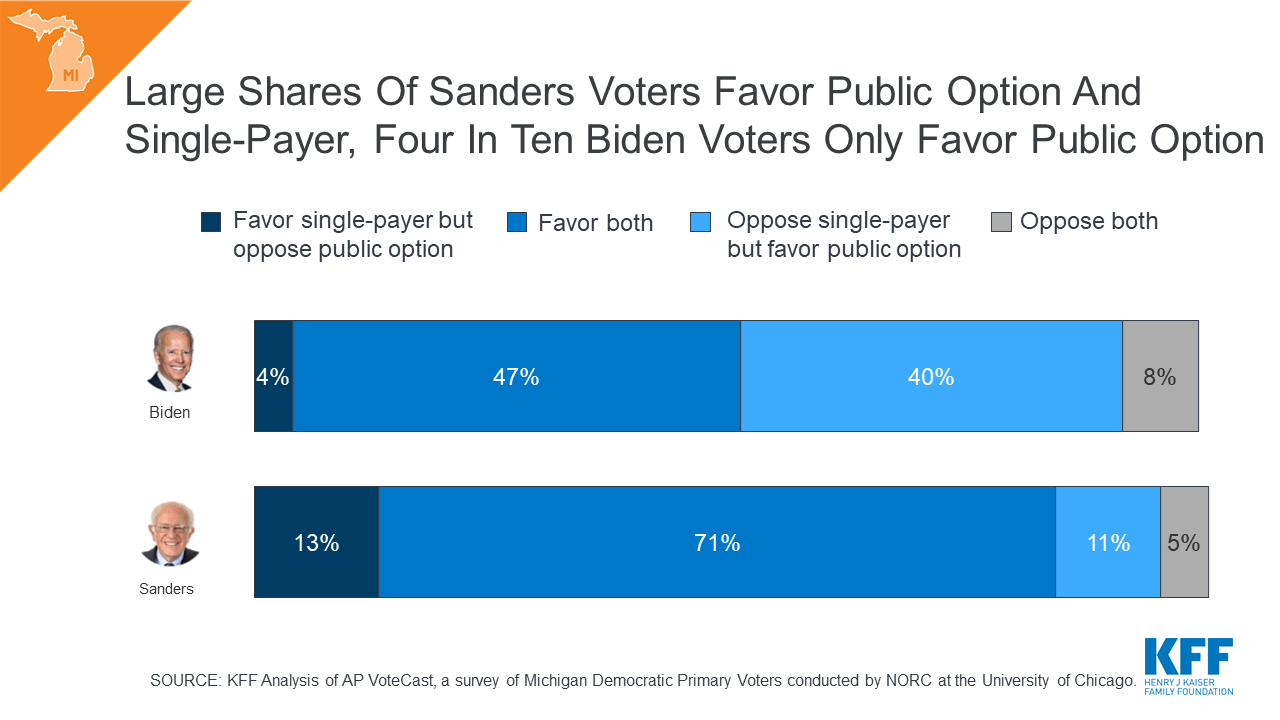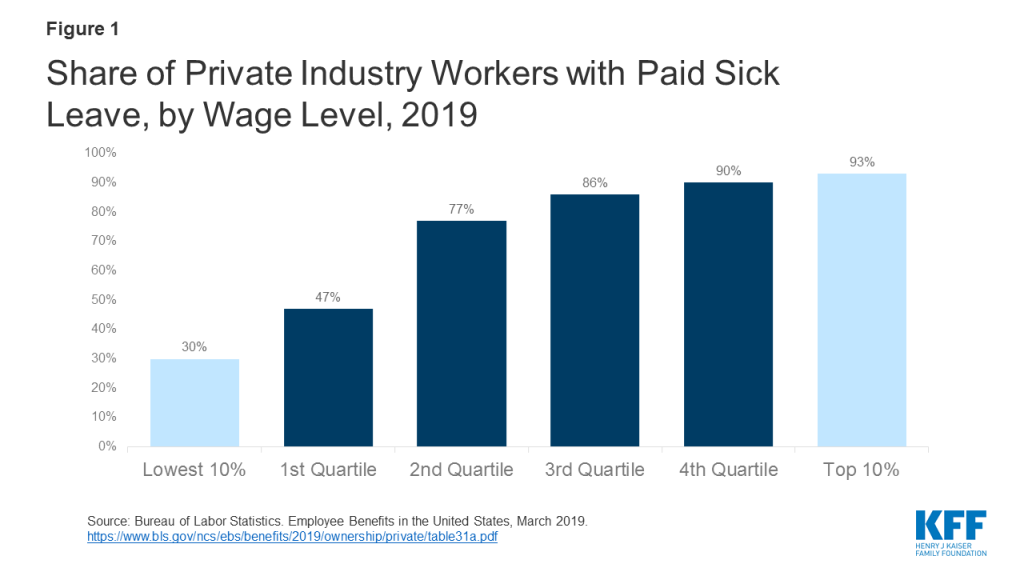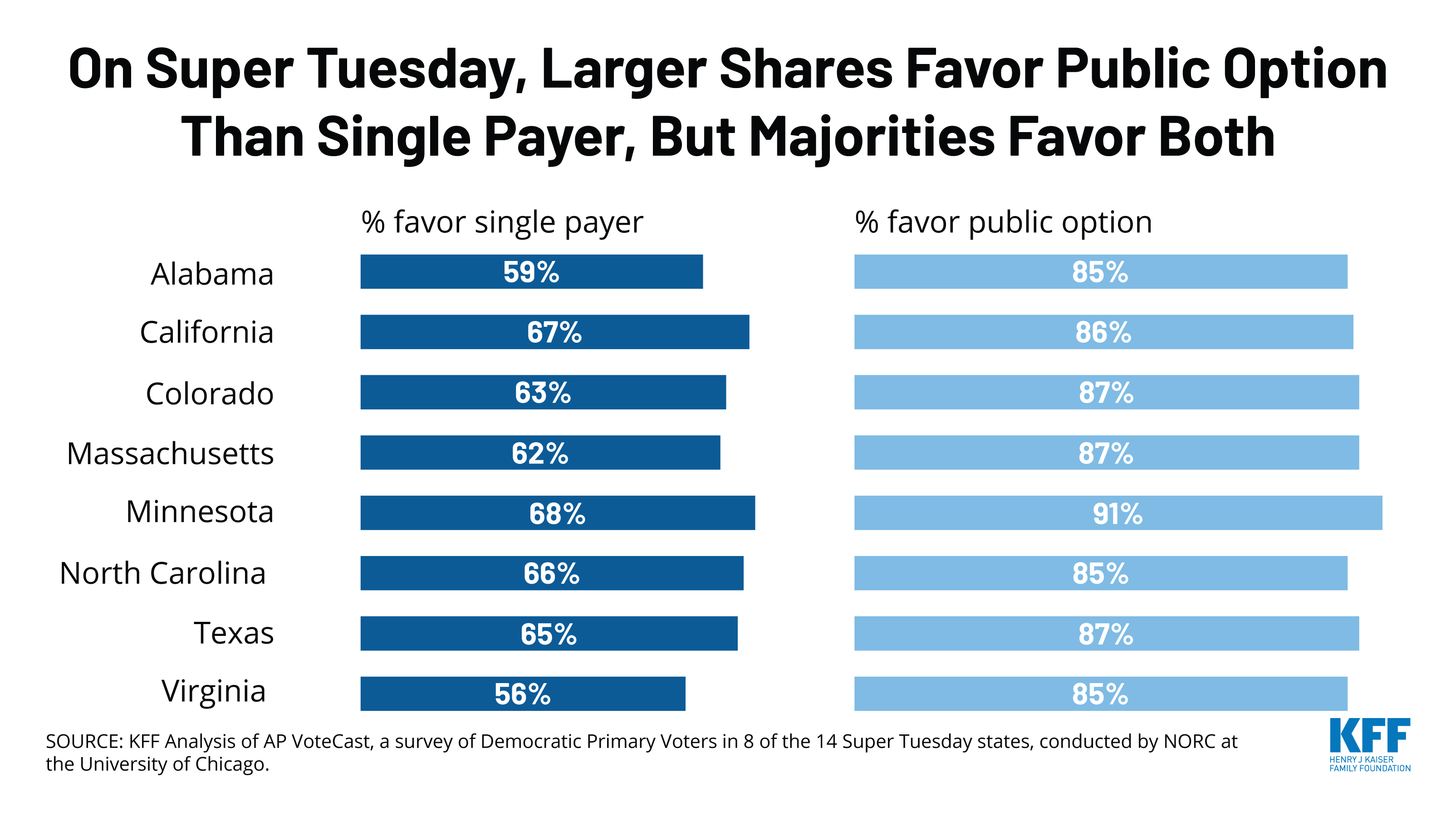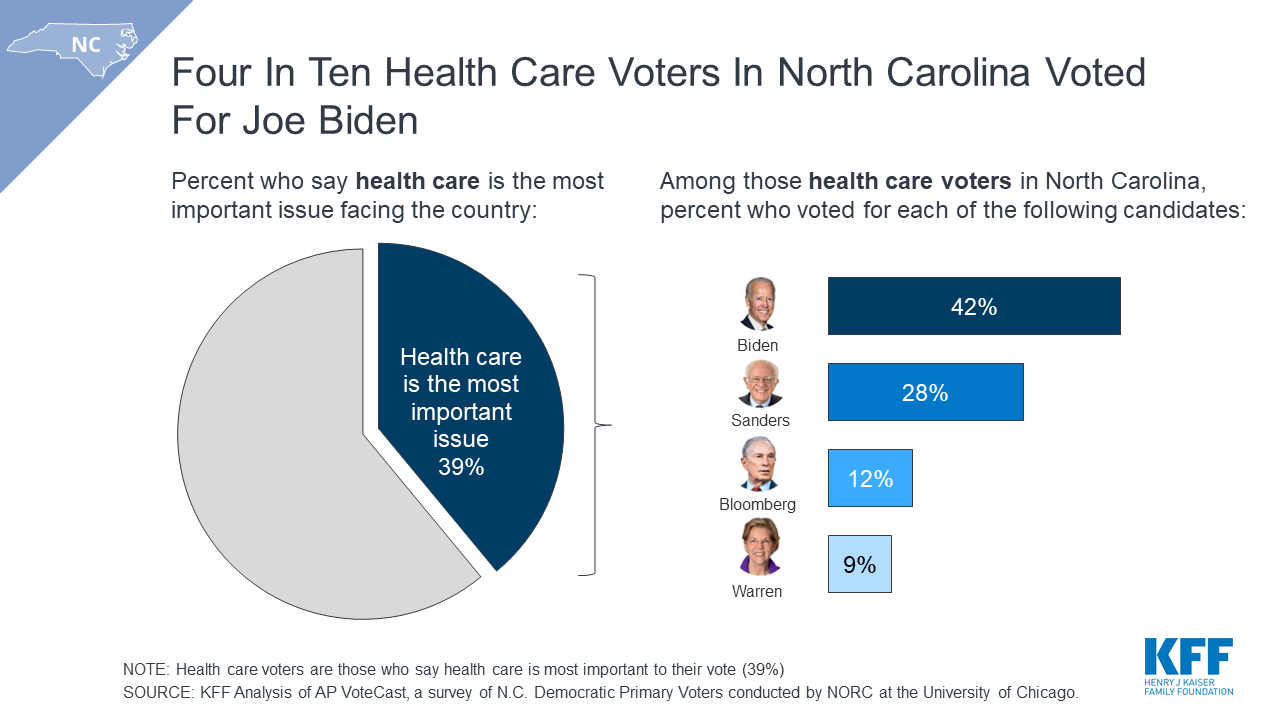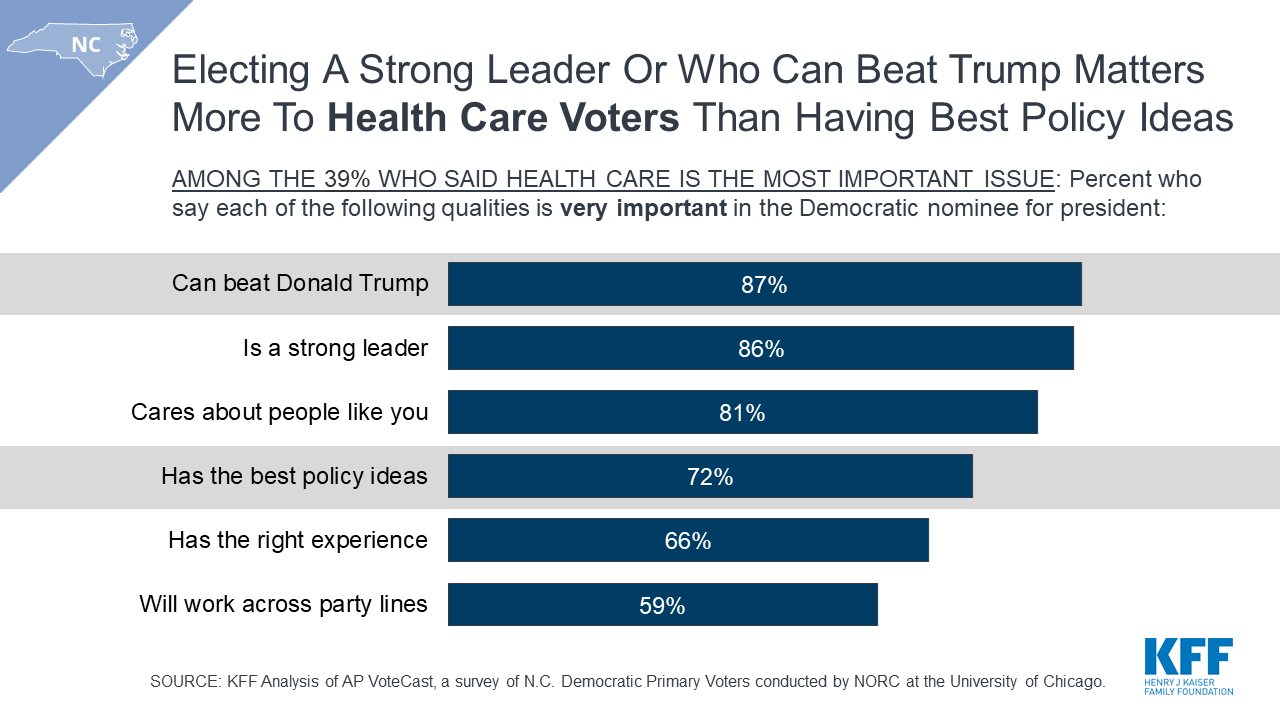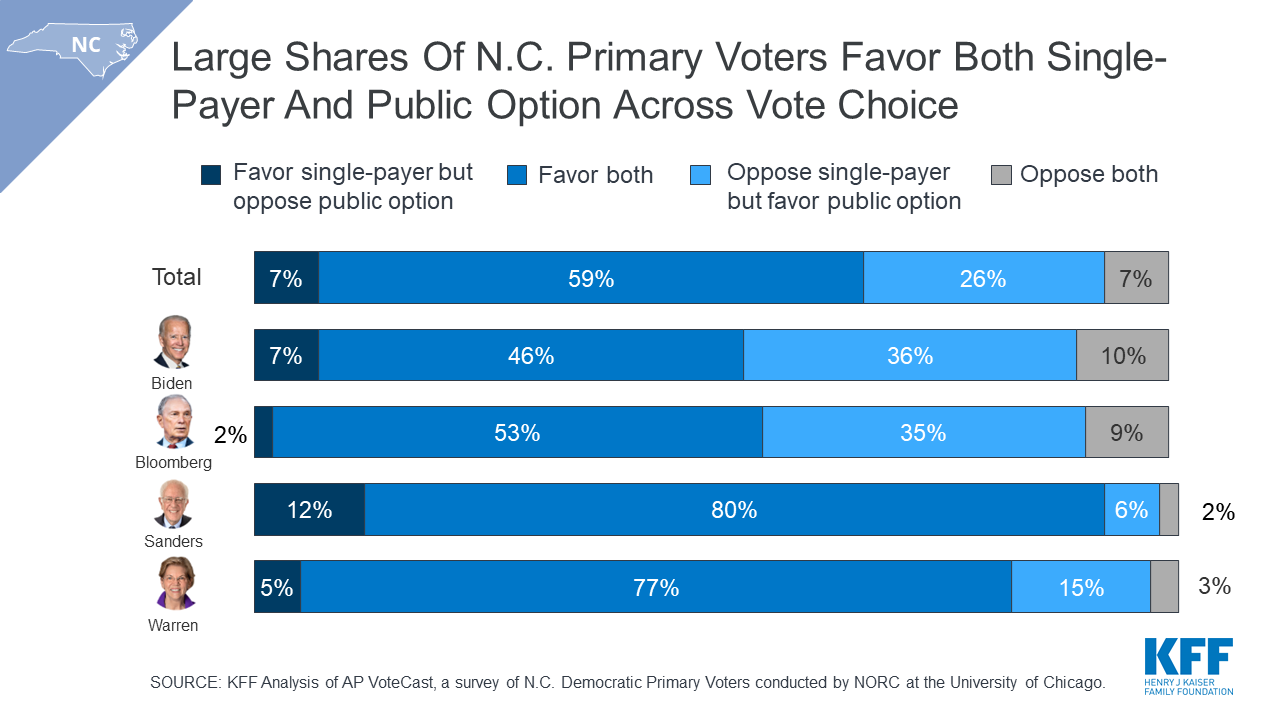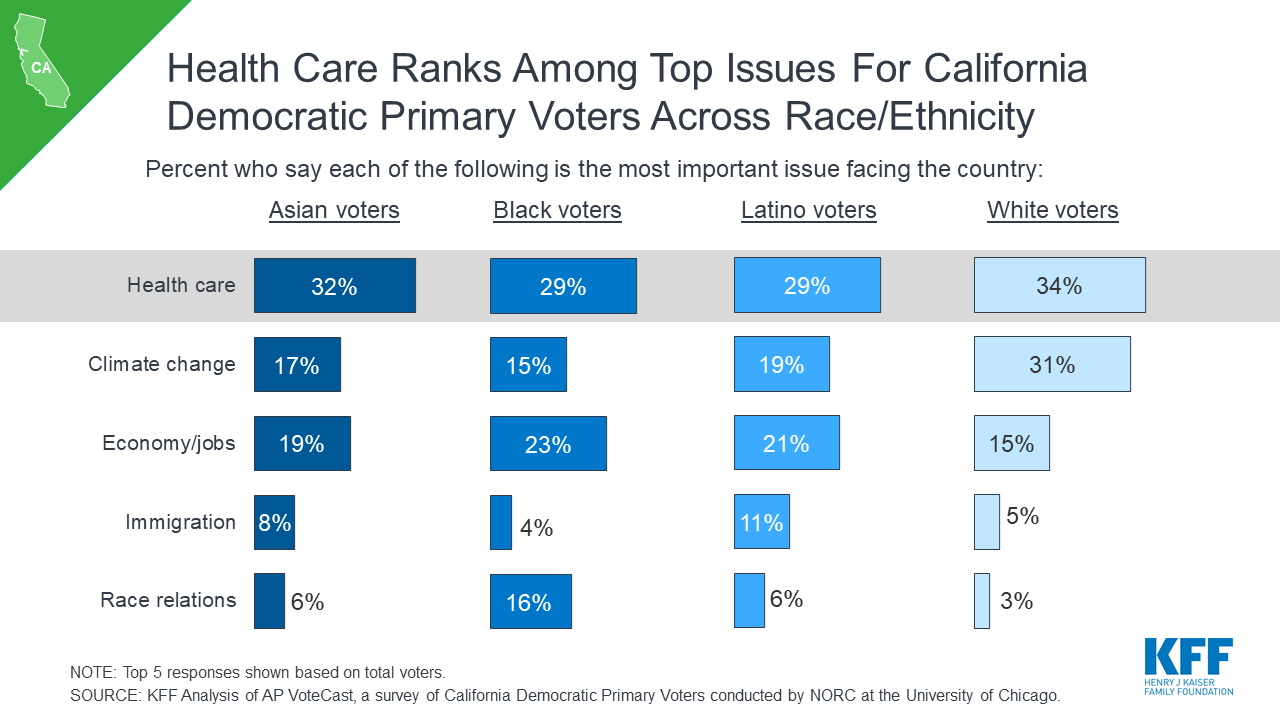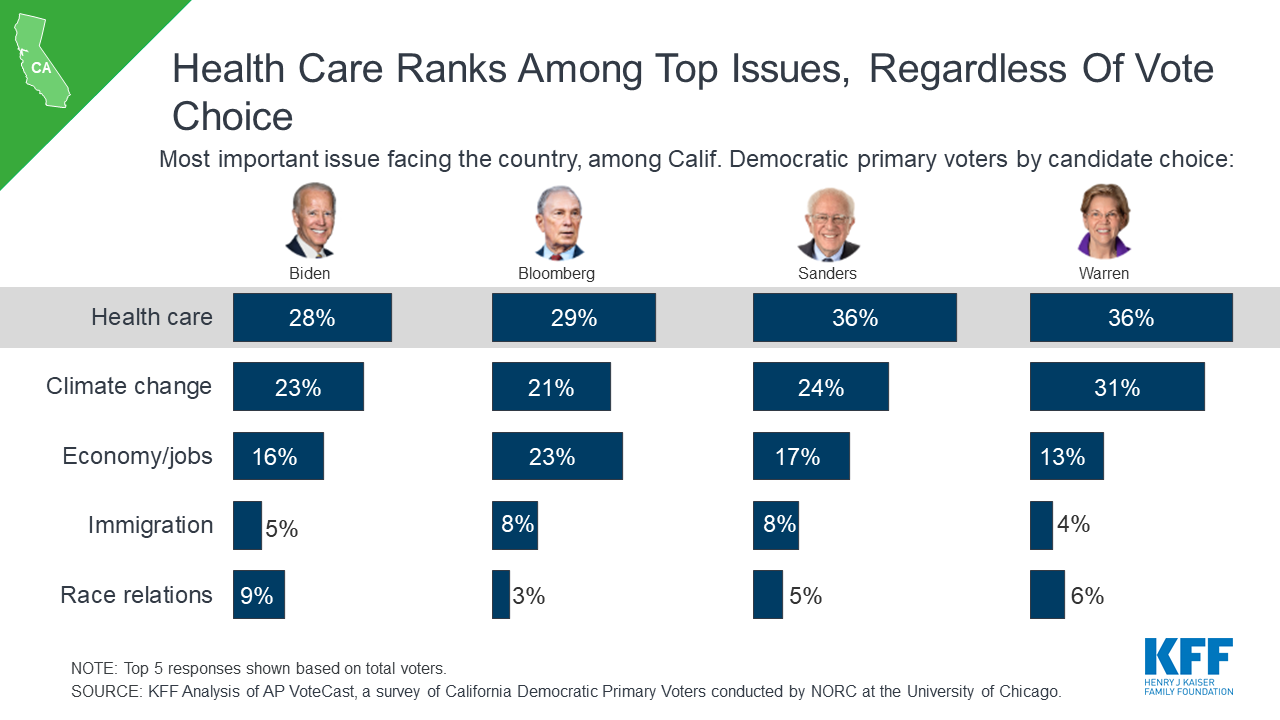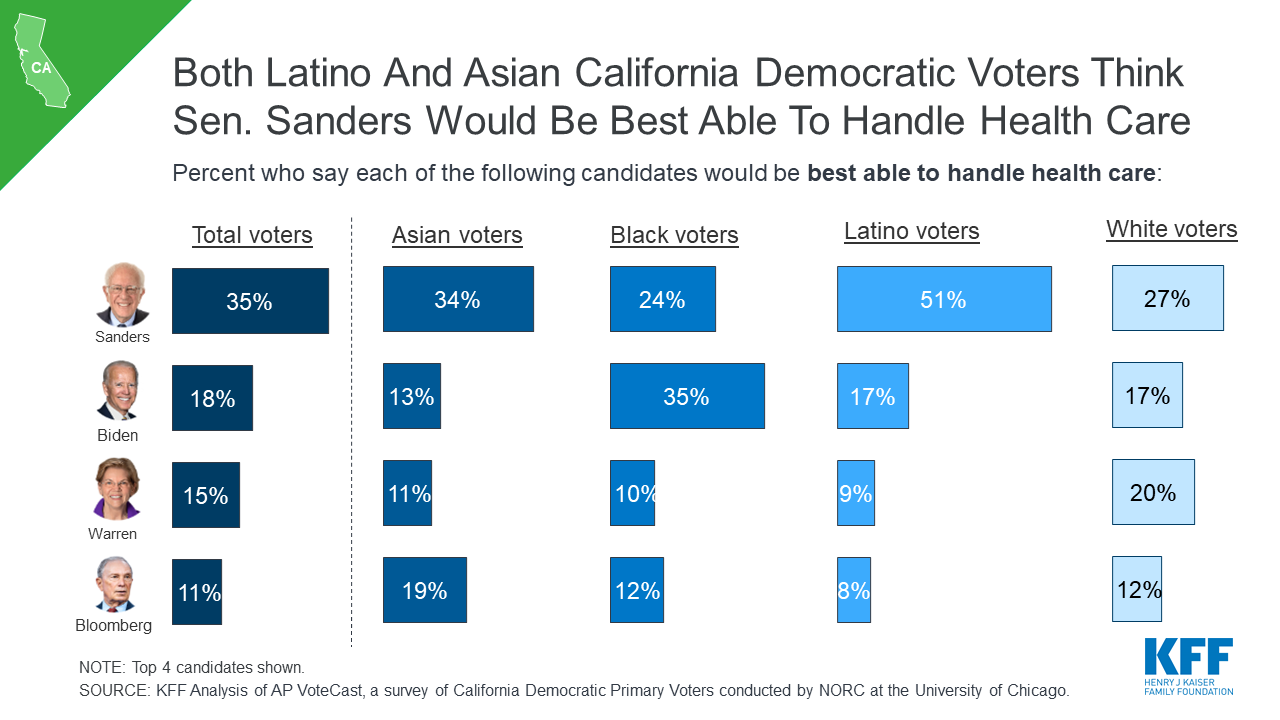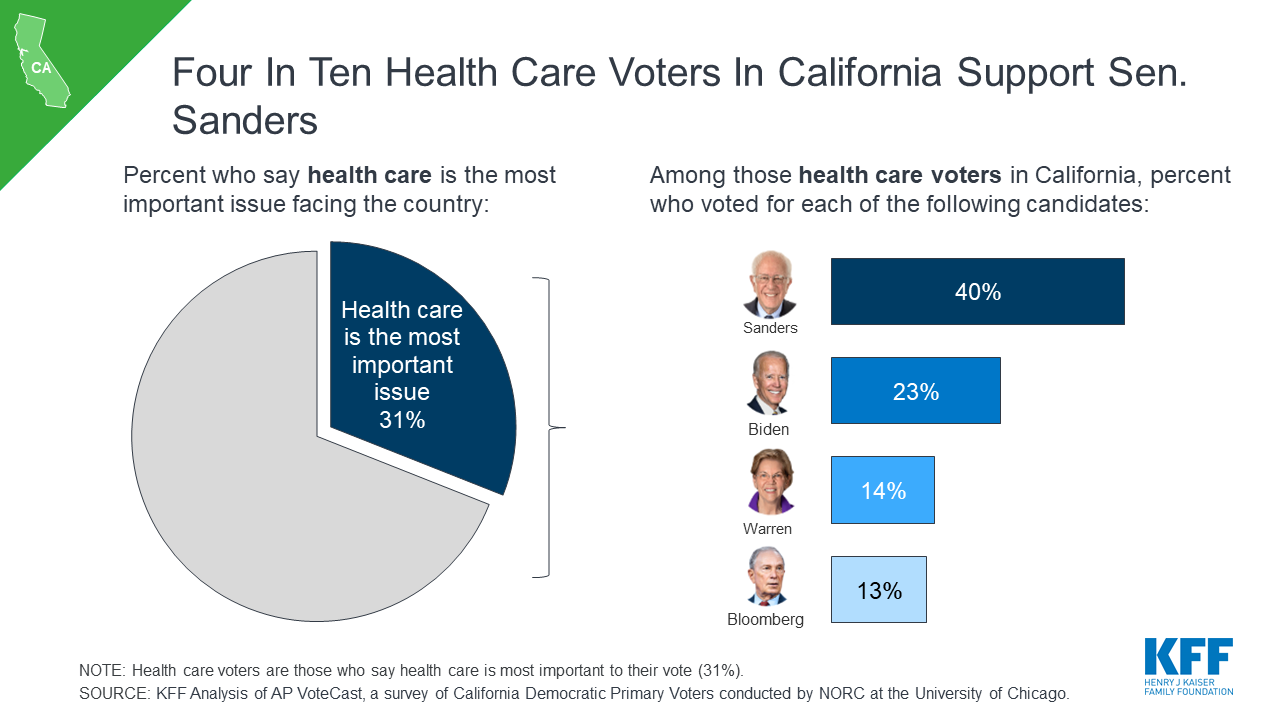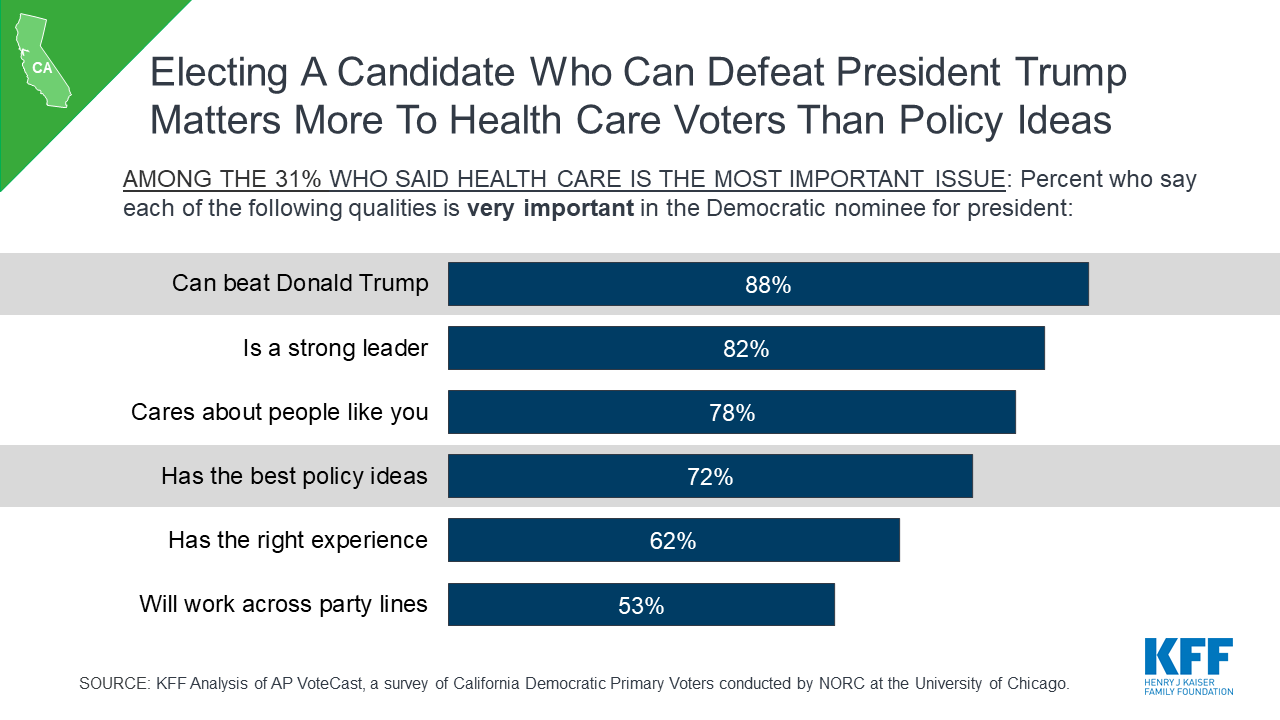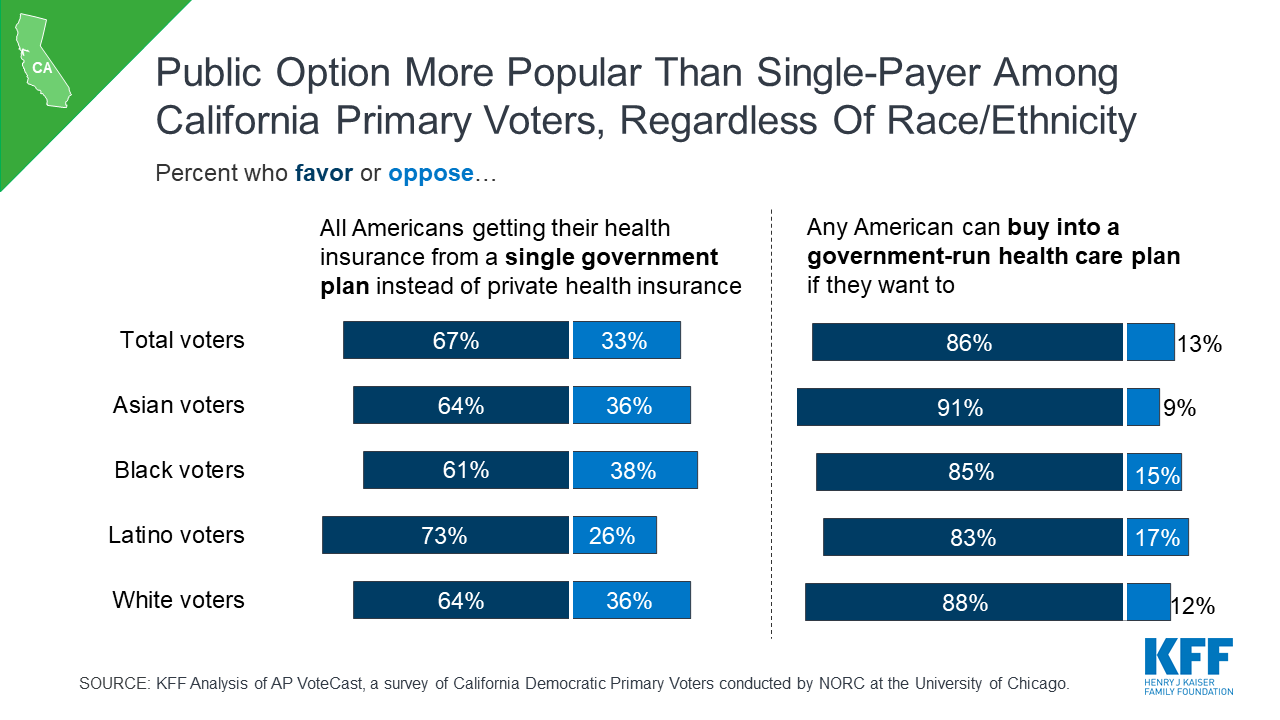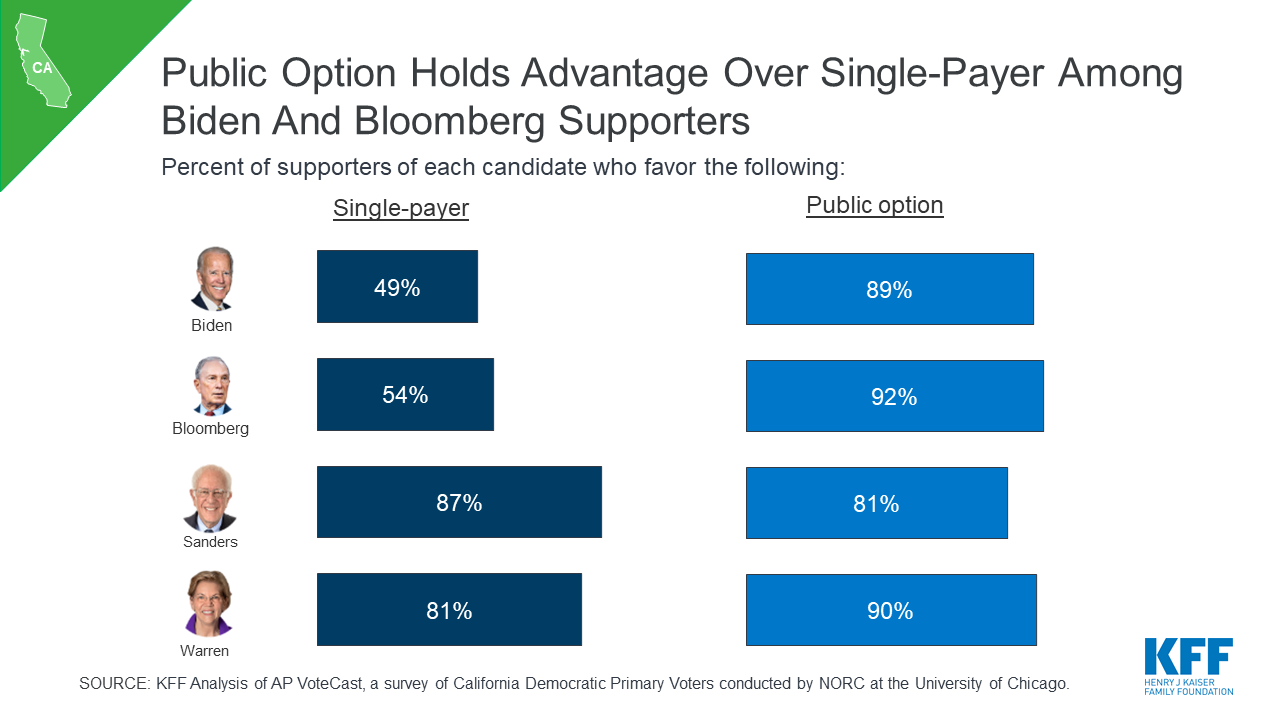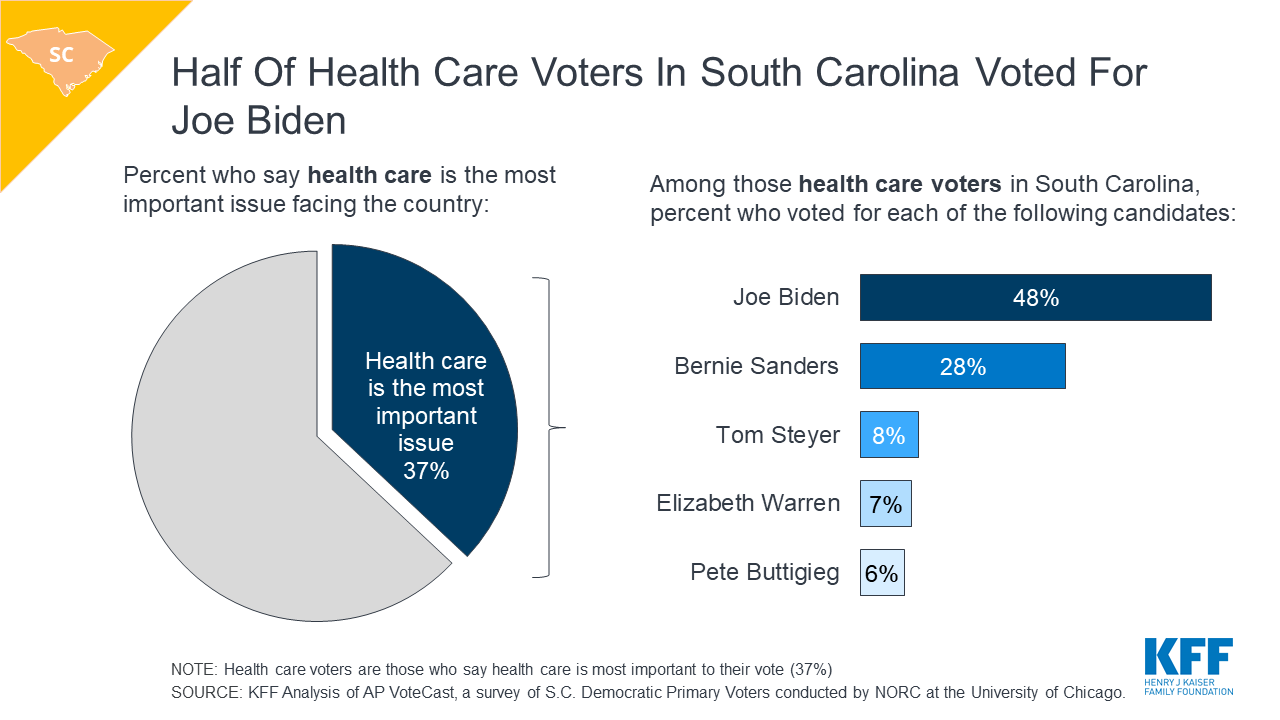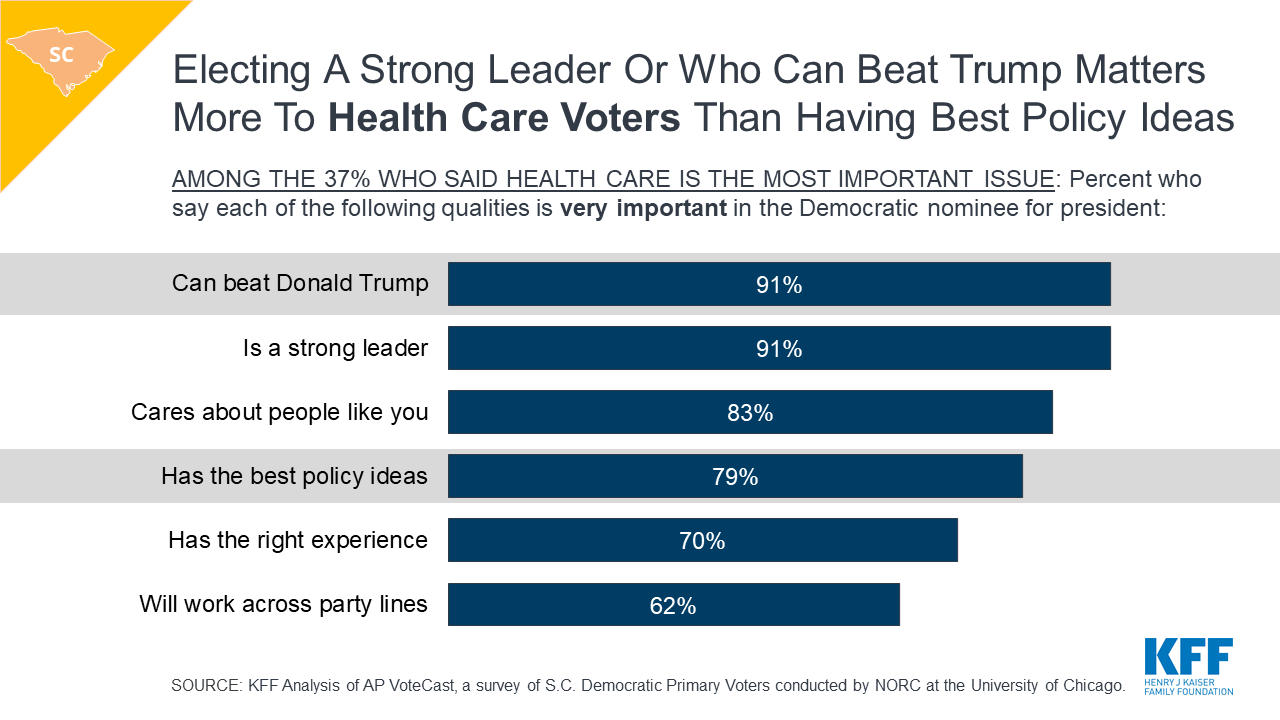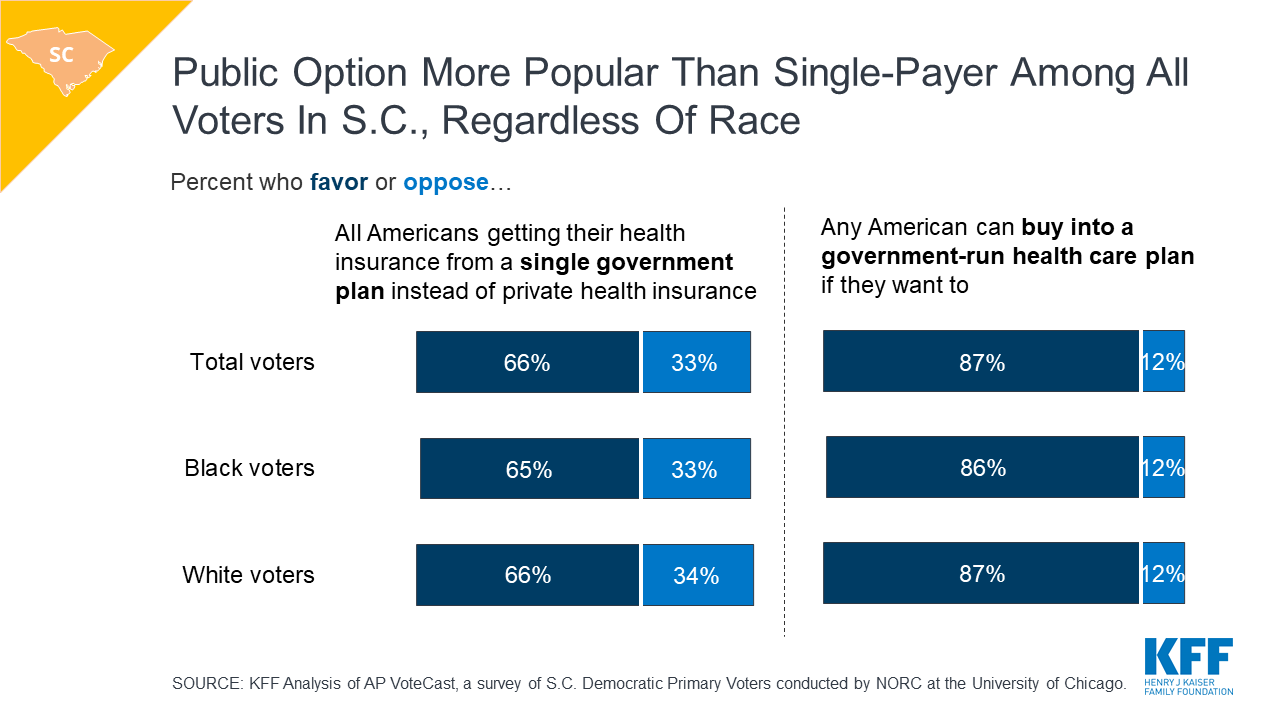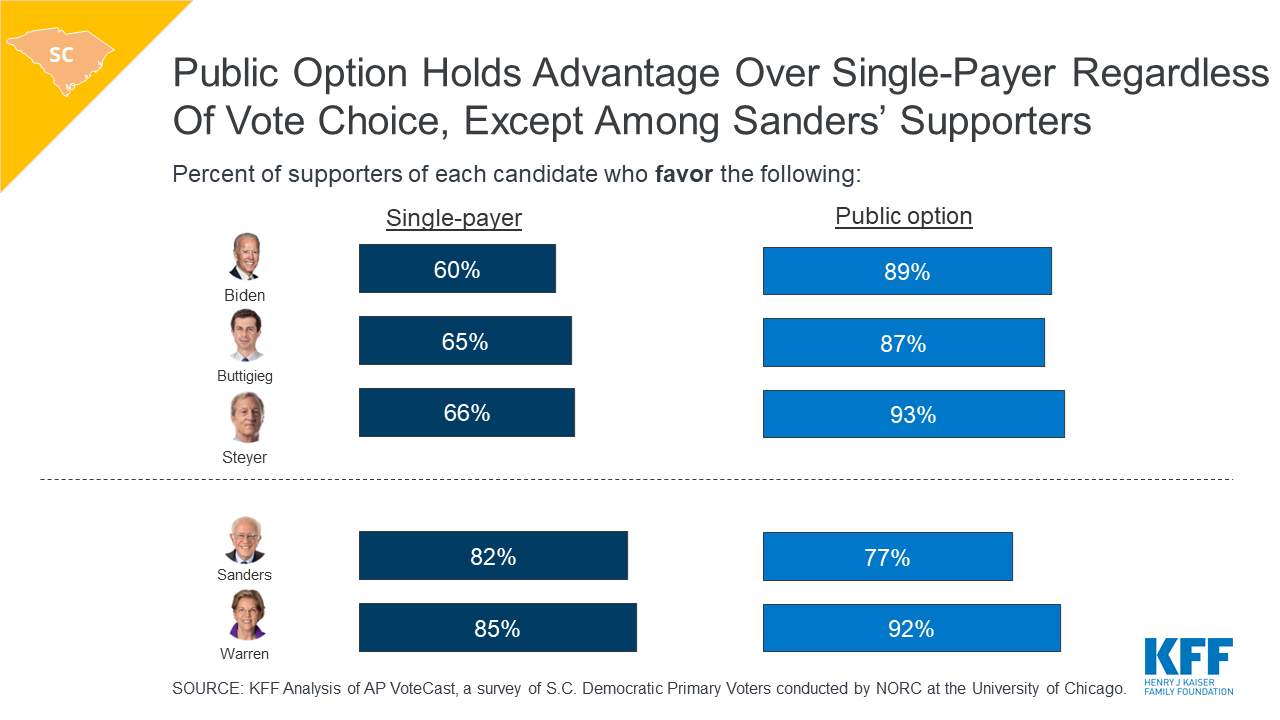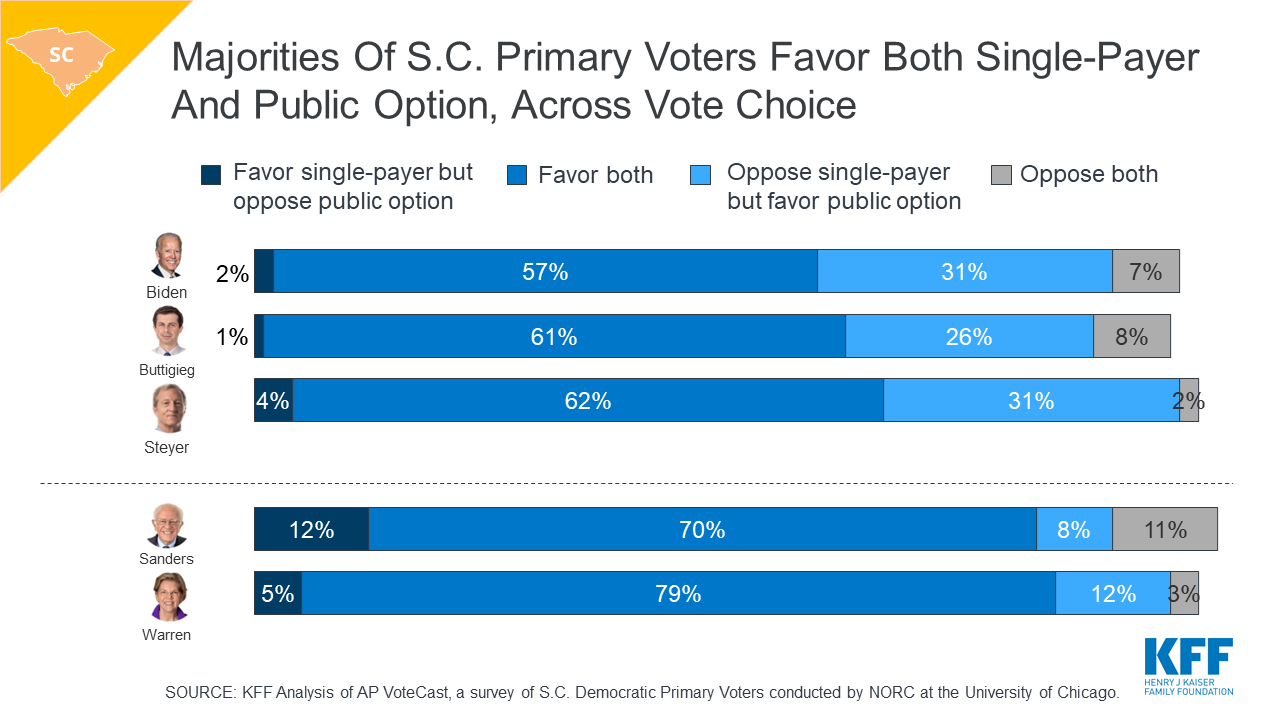On February 14, 2020, the U.S. Court of Appeals for the D.C. Circuit issued a unanimous decision setting aside the Health and Human Services (HHS) Secretary’s approval of a Section 1115 Medicaid waiver amendment that included work and reporting requirements and restriction of retroactive coverage in Arkansas. The court found that Secretary’s approval was unlawful because he failed to consider the impact on coverage. The case was decided by a 3-judge panel, and the opinion was written by Judge David Sentelle, appointed by President Reagan. The appeals court affirmed the district court’s earlier decision that reached the same conclusion. In addition to Arkansas, the district court has set aside similar waiver approvals in Kentucky and New Hampshire.
The appeals court’s decision likely ultimately affects not only the Arkansas Medicaid program and its enrollees but also is being watched by other states with pending litigation, other states with waiver approvals and those seeking approvals for work requirements, and other states considering adopting similar policies. While litigation is ongoing, in January 2020, the Trump Administration released guidance inviting states to apply for new Section 1115 demonstrations that would allow states to impose work requirements and other restrictions on eligibility and benefits in exchange for a cap on federal financing and has again proposed a legislative change to condition Medicaid on work and reporting requirements in all states in its budget for fiscal year 2021. This issue brief answers three key questions about the implications of the appeals court’s decision.
1. What is the rationale behind the appeal court’s decision setting aside Arkansas’ waiver amendment?
The appeals court decided that the HHS Secretary’s approval of Arkansas’s waiver amendment was outside the scope of his Section 1115 demonstration authority. The court set the waiver amendment approval aside because the Secretary failed to adequately analyze its impact on Medicaid’s primary objective: providing health insurance coverage to low income people, consistent with the ruling and rationale of the district court. While Congress has granted the Secretary “considerable discretion” to approve waivers, the Secretary must exercise that discretion within the guardrails established by Congress. Specifically, the Secretary’s waiver authority is limited to approving experimental projects that will advance Medicaid program objectives. The courts’ role is to review the Secretary’s decisions and determine whether those guardrails are being observed.
The court found that the Secretary’s waiver amendment approval in Arkansas is arbitrary and capricious because he failed to consider the impact on coverage. The appeals court underscored that the “text of the [Medicaid] statute includes one primary purpose, which is providing health care coverage without any restriction geared to healthy outcomes, financial independence or transition to commercial coverage.” The Administrative Procedures Act – which governs agency decision-making — requires a reasoned basis for the Secretary’s decision, grounded in evidence in the administrative record. The administrative record includes the evidence before the Secretary when deciding whether to approve the waiver, such as the state’s waiver application and public comments. Estimates and concerns about coverage loss were raised in the public comments on Arkansas’ waiver amendment, and the court determined that the Secretary dismissed these concerns “in a handful of conclusory sentences.” The court found that the failure to consider an important aspect of the problem is not “reasoned decision-making.”
The court found that the Secretary’s waiver amendment approval in Arkansas also is flawed because he prioritized other objectives that are not in the statute to the exclusion of the objective identified by Congress. Congress did not include improving health outcomes or promoting financial independence as among Medicaid’s objectives, and the Secretary cannot approve a demonstration to further objectives that Congress has not identified, according to the court. The appeals court “agree[s] with the district court that the alternative objectives of better health outcomes and beneficiary independence are not consistent with Medicaid.” While HHS argued that the waiver restrictions were appropriate because ACA expansion adults in its view are a different population compared to other Medicaid populations, the appeals court concluded that nothing in the statute indicates that Congress intended to treat expansion adults differently from any other Medicaid enrollees. The appeals court also rejected HHS’s argument that the waiver restrictions are appropriate because they promote financial independence, observing that the statute’s reference to independence refers to assisting people with achieving functional independence by provided rehabilitative and other health care services. In contrast to the TANF and SNAP statutes, Congress has not conditioned Medicaid coverage on fulfilling work requirements.
2. What happens next in Arkansas?
The appeals court’s decision means that work and reporting requirements cannot be re-instated in Arkansas at this time. Arkansas’s waiver implementation began in summer 2018, with over 18,000 people losing coverage by the end of that year. The district court’s decision stopped implementation, before the first coverage losses scheduled for 2019 took effect on April 1st. In addition to the work and reporting requirements, Arkansas also cannot re-instate the restriction of retroactive coverage, which also was included in the vacated waiver amendment.
Looking ahead, HHS and/or Arkansas can ask the entire DC Circuit Court of Appeals to reconsider the case in a rehearing “en banc.” They also can ask the U.S. Supreme Court to grant cert and review the case. This means that the recent appeals court decision might not be the last word on the scope of the Secretary’s waiver authority, although both of these further appeals are at each’s court’s discretion.
3. What does the decision mean for HHS and other states that want to condition Medicaid coverage on work and reporting requirements?
While the appeals court’s decision in Arkansas does not directly invalidate Medicaid work requirement approvals in other states, it does signal that lawsuits challenging similar approvals are likely to be successful. While a similar appeal in Kentucky has been dismissed as moot after the new governor terminated the waiver, the New Hampshire case is currently pending in the appeals court, and there are cases challenging waiver approvals in Indiana and Michigan in the district court. In addition to the waivers currently being challenged in court, HHS has approved similar work requirement waivers in five other states, while 10 other states’ requests are pending as of February 14, 2020. The New Hampshire appeal was put on hold while the Arkansas appeal was pending. The appeals court has ordered the parties in the New Hampshire case to file motions by March 16, 2020, setting out how they think the case should proceed given the Arkansas decision.
Applying the appeals court’s decision in Arkansas, the district court set aside the work requirement waiver approval in Michigan; the Indiana case is still pending in the district court. The district court has to follow the legal standards set out in the appeals court’s decision. Prior to the appeals court’s decision in Arkansas, HHS conceded that the Indiana and Michigan work requirements would be unlawful “absent further judicial review” if the appeals court affirmed the district court’s decision setting aside the Arkansas approval. However, HHS argues that other waiver provisions challenged in Indiana and Michigan such as premiums and healthy behavior requirements were lawfully approved and should survive even if the work requirements are vacated; the court has not yet ruled on these other provisions. The plaintiffs argue that the Secretary’s entire approval is flawed, and none of the challenged provisions can survive.
Implementation of work requirements has been suspended in New Hampshire, Indiana, and Arizona, given the pending litigation, leaving Utah as the only state currently implementing a work requirement. Other states pursuing similar requirements also may reconsider, given the recent appeals court decision about Arkansas. However, there is nothing to stop states from adopting programs to support Medicaid enrollees’ ability to work without the threat of coverage loss. Montana has a voluntary work supports program, Maine rejected a work requirement waiver in favor of a similar program, and Kansas has pending Medicaid expansion legislation that includes a voluntary work referral.
The appeals court’s statements about Medicaid’s primary purpose as articulated by Congress and the bounds of the Secretary’s discretion under Section 1115 are likely to inform potential future lawsuits challenging other demonstration approvals. The recent CMS guidance inviting states to apply for new demonstrations with capped federal funding would allow states to impose work requirements and other restrictions on eligibility and benefits similar to those set aside in Arkansas, Kentucky, and New Hampshire to date, making continuing developments in the current lawsuits important to watch.
